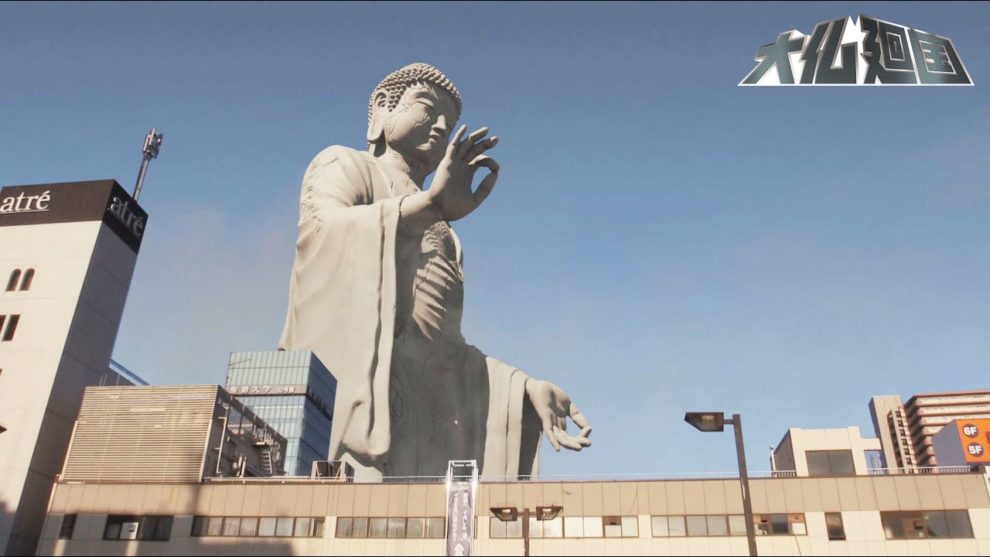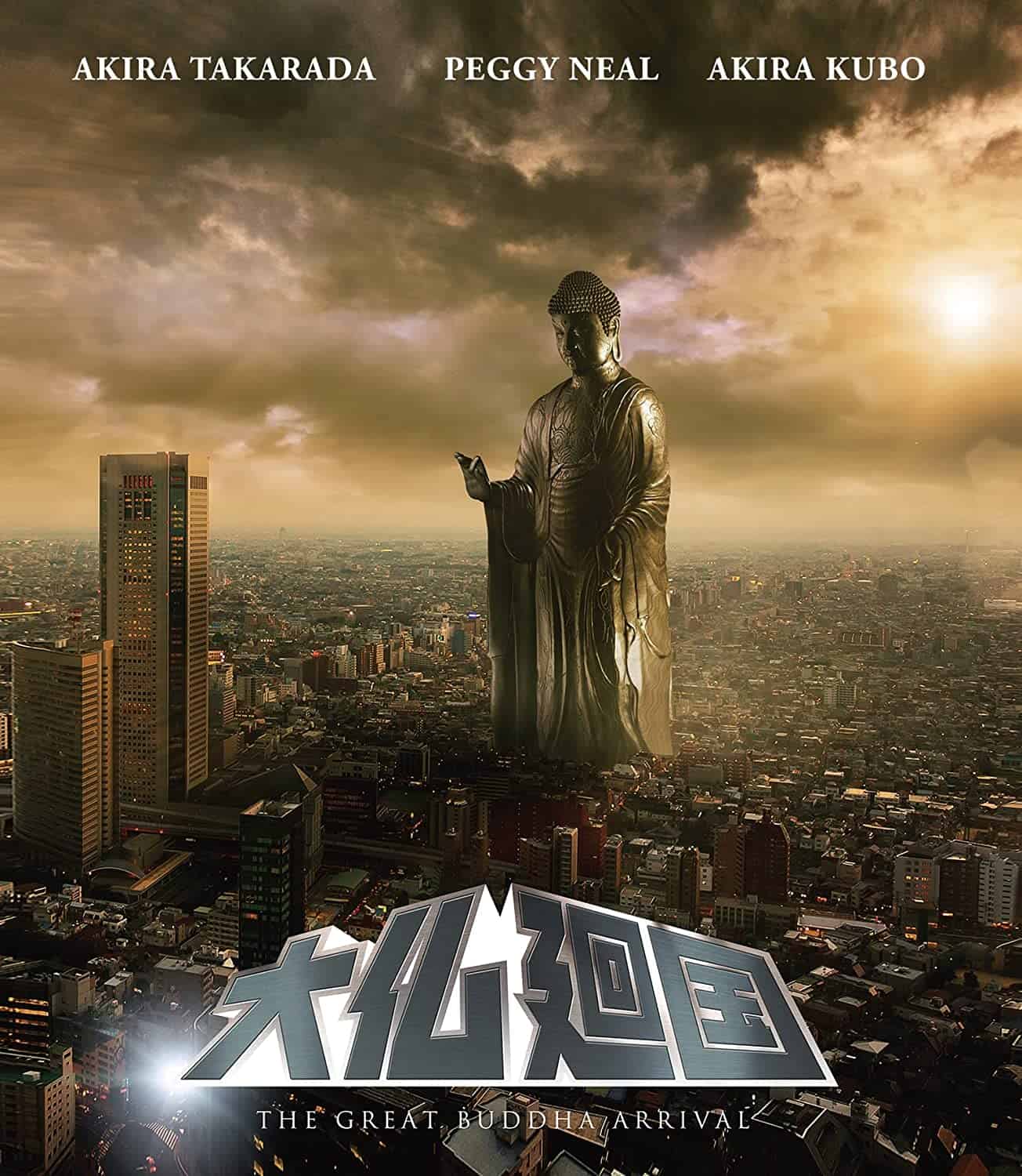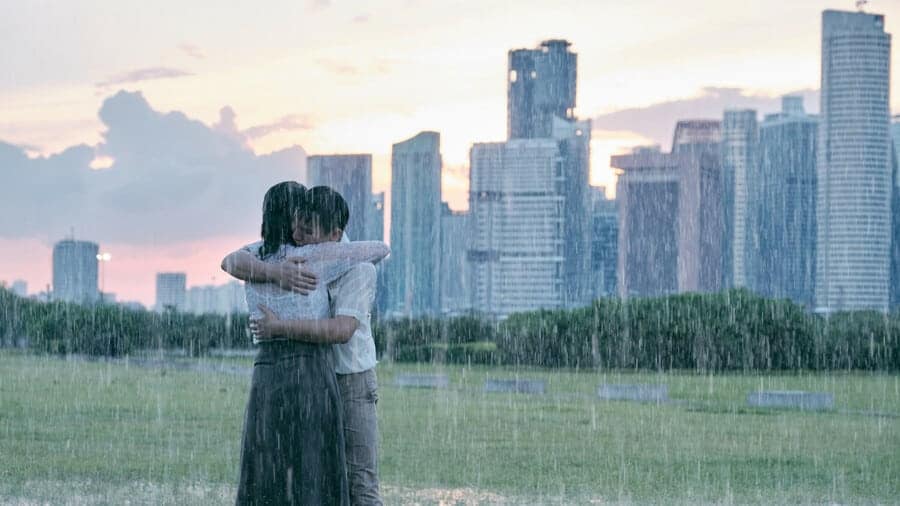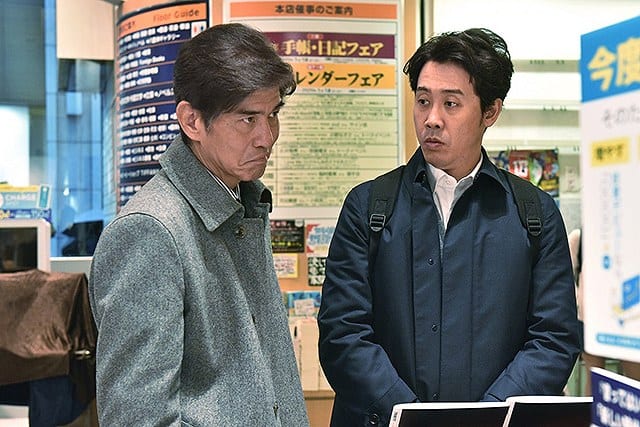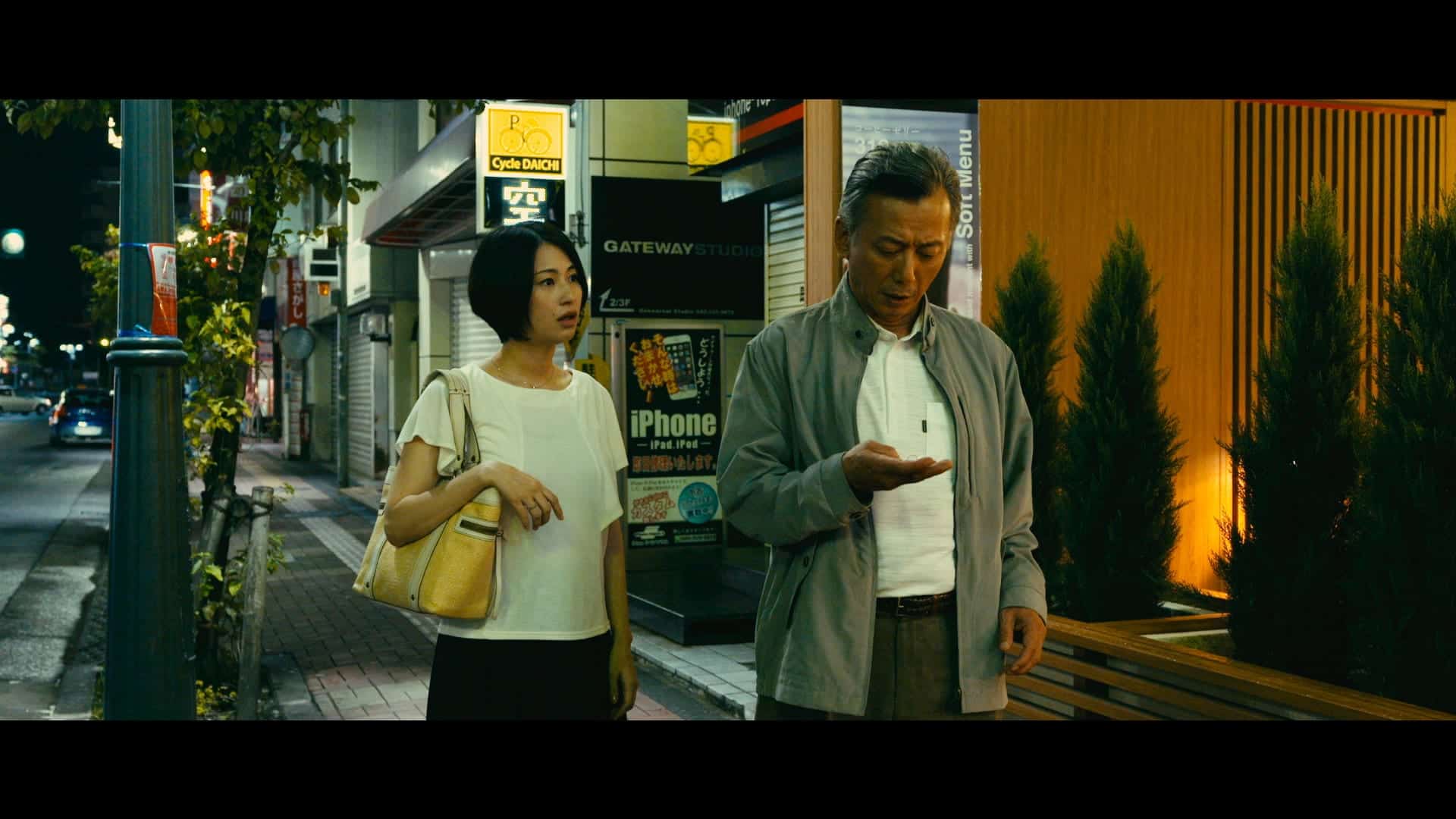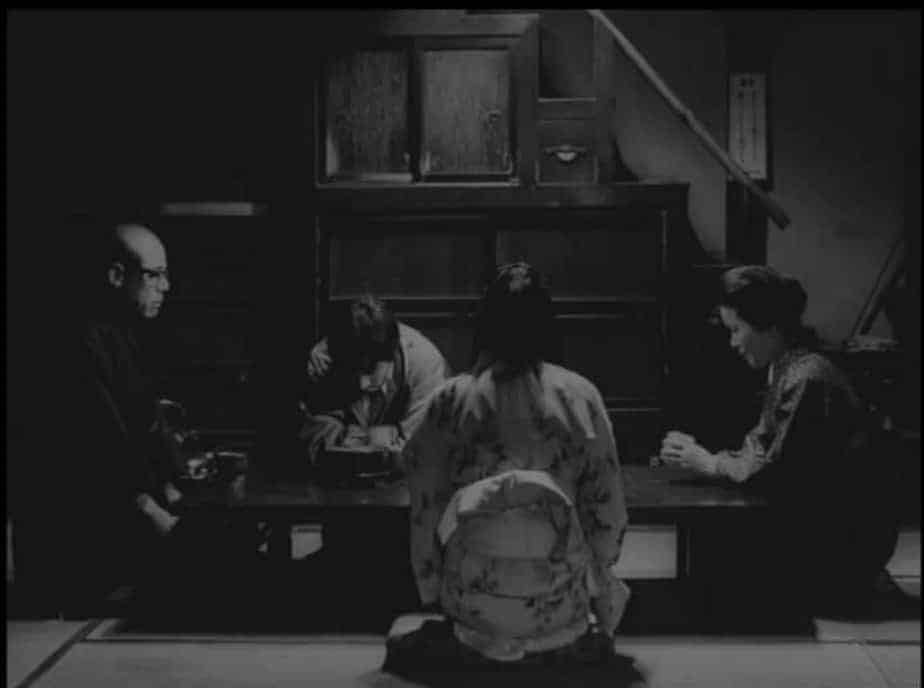Reboots of long-established franchises have regularly been recurring in the Japanese entertainment industry. For example, the ongoing “Shin Japan Heroes Universe” has modernized numerous classic pieces of tokusatsu history with movies such as “Shin Godzilla,” “Shin Ultraman,” and the upcoming “Shin Kamen Rider.” Reboots have also taken a unique direction in present-day cinema's independent side. Such an example is reimagining a long-lost piece of Japanese cinema. That is the case with the outlandish low-budget film “The Great Buddha Arrival.”
Buy This Title
on Amazon by clicking on the image below
The original “The Great Buddha Arrival” is a lost 1934 independent kaiju movie directed by pioneer filmmaker Yoshiro Edamasa who served as a mentor to many filmmakers, including special effects director Eiji Tsuburaya. Its place in Japanese cinema is rather significant as it was one of the earliest pieces of daikaiju filmmaking ever constructed, predating the original “Godzilla” directed by Ishiro Honda, by two decades. The plot was simple; a giant Buddha statue awakens and walks across Japan. However, the movie was thematically complex, tackling themes such as life, death, humanity, self-destruction, war, and religion. Decades later, filmmaker Hiroto Yokokawa with the cooperation of Edamasa's grandson, would rebirth the lost motion picture with a new, unique direction.
A documentary filmmaker named Murata is tasked with researching the history surrounding the lost 1934 movie “The Great Buddha Arrival.” Murata's dedicated journey goes from interviewing people, collecting photographs of said lost film, and understanding what the ambitious flick stood for thematically. There are even suggestions that years ago, a giant Buddha statue once awakened and began walking. Murata is destined to find answers but is left with a continuous string of questions. Chaos would further ensue when the Shurakuen Buddha statue located in Aichi, Japan, awakens and walks across Japan, sending the entire world into a panic.

Like the lost film of the same name, the story is simple. Yet, the surreal nature is ramped up, almost paralleling that of a David Lynch movie. It is a mystery story with mockumentary elements, docudrama direction, and a giant monster on the loose formula. Integrated with all that insanity are the themes of the original movie, such as life and death, and humanity's self-destruction through war and environmental damage. The theme of death is further emphasized as Japan's high suicide history is additionally addressed throughout the narrative. One could say the arrival of the Shurakuen Buddha is akin to a god-like warning to humanity.
The themes are thought-provoking yet are sometimes rather overwhelming and perhaps not always the most subtle in execution. Granted, this is an experimental project for young filmmaker Hiroto Yokokawa and his first feature film. However, a major strength of the insane feature is the atmosphere. A creepy and ominous feeling lurks throughout, and at times, Yokokawa's direction is downright apocalyptic. This chilling atmosphere comes in droves in the black and white segments scattered throughout the story, which are no doubt a major highlight in the film. The recreational footage of the lost 1934 movie of the same name is also superbly executed. The ideas of Buddhism are also well-utilized within the narrative, especially regarding what the Shurakuen Buddha statue represents. Rather than the figure being portrayed as a terrifying monster, it is instead shown as a desperate cry to the world to acknowledge and overcome humanity's shortcomings.
The acting is nothing amazing but gets the job done. The best performance comes from Kazuma Yoneyama, who plays the main character Murata. He does a good job capturing a man dedicated to his craft and slowly falling into insanity as he gets wrapped within all the chaos surrounding him. The rest of the characters are one-note but thankfully not annoyingly distracting. Sprinkled throughout the surreal reboot are cameos from recognizable actors in tokusatsu entertainment, including “Ultraman” suit actor Bin Furuya, filmmaker/writer Norman England, and popular Showa actor Akira Kubo. Perhaps the most enduring cameo comes from the late and great actor Akira Takarada, who plays a fictional version of himself that also serves as a storyteller in the movie.
The film is made on a shoe-string budget, which is sometimes noticeable in the hit or miss editing and recycling of CGI in some shots. Yet, the funds are creatively utilized. Hiroto Yokokawa's cinematography is impressive, with some shots being absolutely gorgeous. Yokokawa also captures a sense of scale for the camera angles he chooses during the Buddha statue's venture across Japan. The special effects are also surprisingly well done. For the black and white segments and recreational footage of the lost 1934 film, classic tokusatsu techniques are utilized, such as miniatures and the Buddha statue being portrayed by a suit actor. However, for the present-day sequences, the CGI is used for the Shurakuen Buddha, which is quite decent. A lot of it is thanks to the titular kaiju being a statue. Further enhancing the movie's atmosphere is an excellent music score by Hiromi Shinoda.
While far from perfect, “The Great Buddha Arrival” is an entertaining movie and an enduring love letter to tokusatsu as a medium. Seeing a lost piece of Japanese cinema resurrected is astounding and opens the doors for other potential reboots of lost pieces or scrapped projects. Hiroto Yokokawa is a talented director whose journey in filmmaking continues to flourish, such as with his latest film, “Nezura 1964,” which details the crazy production history that led to the creation of the kaiju “Gamera.” Hopefully, more creative projects such as Yokokawa's imaginative reboot will be made.


